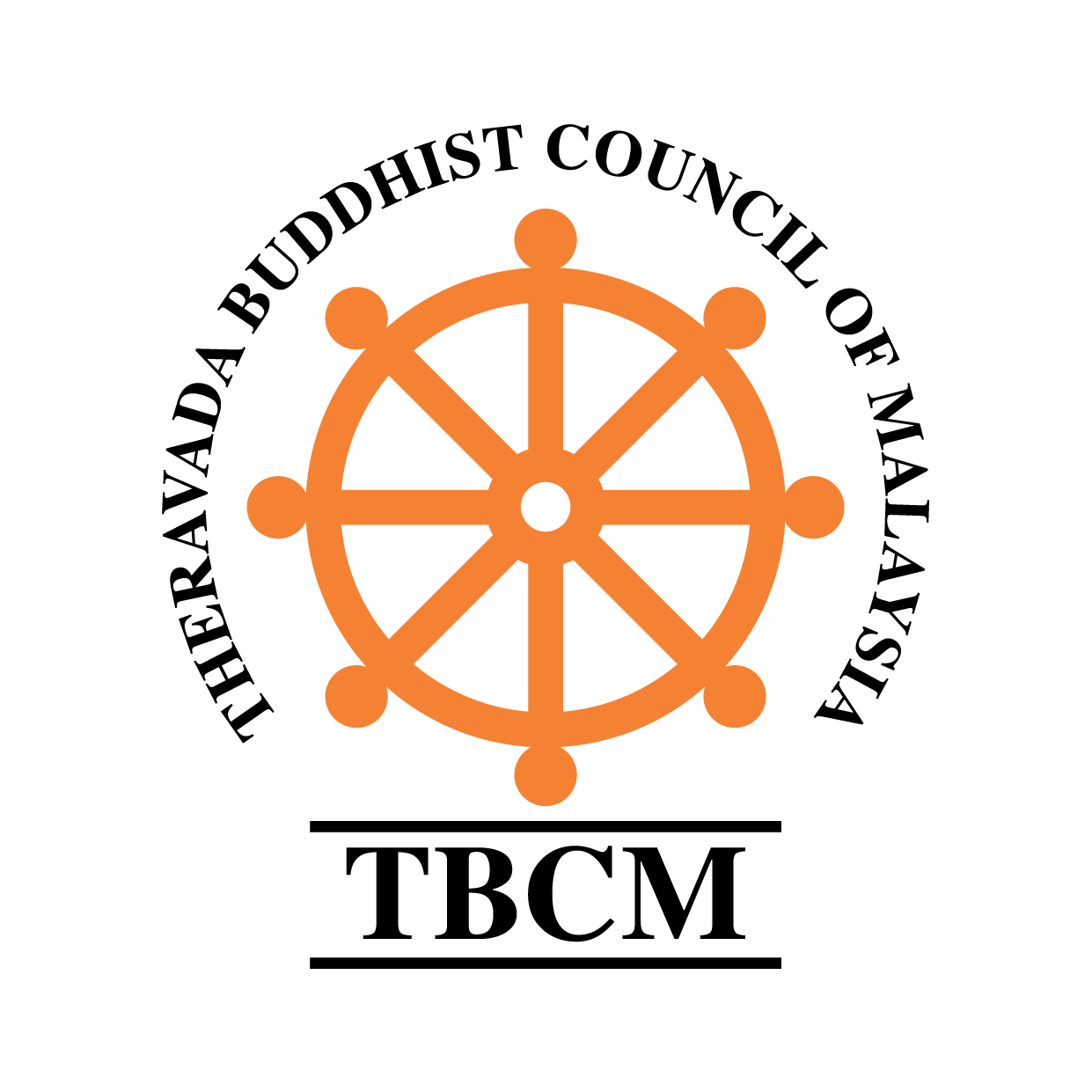How to Conduct a Pūja?
What is Pūja ?
It is the name given to the wide variety of devotional and offering ceremonies practiced in all Buddhist traditions. The Pāli-Sanskrit root for 'Pūja' is derived from“pūj” - hence the root-verb 'pūjeti’, which means honouring, venerating, or paying devotional attention. The earliest Pūjas, still practiced in Theravāda, consisted of placing flowers, lights and incense in front of a symbol or image of the Buddha.
The value of the practice is that it grows out of and reinforces faith and devotion which are considered positive emotions able to motivate and enhance one's practice of the Dhamma.
(Source : http://www.buddhanet.net/e-learning/dharmadata/fdd40.htm , with Pāli-Sanskrit explanations from Dr. Tan Ho Soon )
What then is Faith and Devotion?
In the book "What Buddhists Believe' by the late Venerable Dr. K. Sri Dhammananda Nayaka Mahāthero, the Venerable explains it in 'Faith, Confidence and Devotion', viz. ..
Right understanding points the way to confidence; confidence paves the way to wisdom.
Faith in the theistic sense is not found in Buddhism because of its emphasis on understanding. Theistic faith is a drug for the emotional mind and demands belief in things which cannot be known. Knowledge destroys faith and faith destroys itself when a mysterious belief is examined under the daylight of reason. Confidence cannot be obtained by faith since it places less emphasis on reason, but only by understanding.
Referring to the unintelligible and 'blind' nature of faith, Voltaire said, 'Faith is to believe in something which your reason tells you cannot be true; for if your reason approved of it, there could be no question of blind faith.'
Confidence, however, is not the same as faith. For confidence is not a mental acceptance of that which cannot be known. Confidence is an assured expectation, not of an unknown beyond, but of what can be tested as experienced and understood personally. Confidence is like the understanding that a student has in his teacher who explains in the class-room the inverse square law of gravitation as stated by Newton. He should not adopt an unquestioning belief of his teacher and his textbook. He studies the fact, examines the scientific arguments, and makes an assessment of the reliability of the information. If he has doubts, he should reserve his judgment until such time as when he is able to investigate the accuracy of the information for himself. To a Buddhist, confidence is a product of reason, knowledge and experience. When it is developed, confidence can never be blind faith. Confidence becomes a power of the mind.
In his book, What The Buddha Taught Walpola Rahula says:
'The question of belief arises when there is no seeing -- seeing in every sense of the word. The moment you see, the question of belief disappears. If I tell you that I have a gem hidden in the folded palm of my hand, the question of belief arises because you do not see it yourself. But if I unclench my fist and show you the gem, then you see it for yourself, and the question of belief does not arise. So the phrase in ancient Buddhist texts reads:' Realizing, as one sees a gem (or a myrobalan fruit) in the palm'.'
(Source : http://www.budsas.org/ebud/whatbudbeliev/197.htm )
How to Conduct a Pūja?
The following link provides a suggested format for the Pūja, complete with the Pūja Leader's Script and Checklist for preparations as shown below, and Pūja Chanting in Pāli with their English meanings.
https://drive.google.com/file/d/0B2ubL0-PZyJsTFB5T3g4QmVPR0k/edit?usp=sharing
For a more detailed program, do register for Nalanda Institute's BPS 0321 "Buddhist Devotion Practice" which comprises four Modules. For details and registration, please follow this link ... www.nalanda.org.my/event/bps-0321-buddhist-devotional-practice/ .
Supplementary reading 'The Meaning of Prayer' by the late Ven. Dr. K. Sri Dhammananda Nayaka Mahathero, at this link ... www.tbcm.org.my/the-meaning-of-prayer/
The above has been posted on TBCM's Facebook at ... www.facebook.com/notes/theravada-buddhist-council-of-malaysia/how-to-conduct-a-puja/606126529466007
- Compiled by Sis. Paruadi Ramasamy.
- Posted by CFFong









